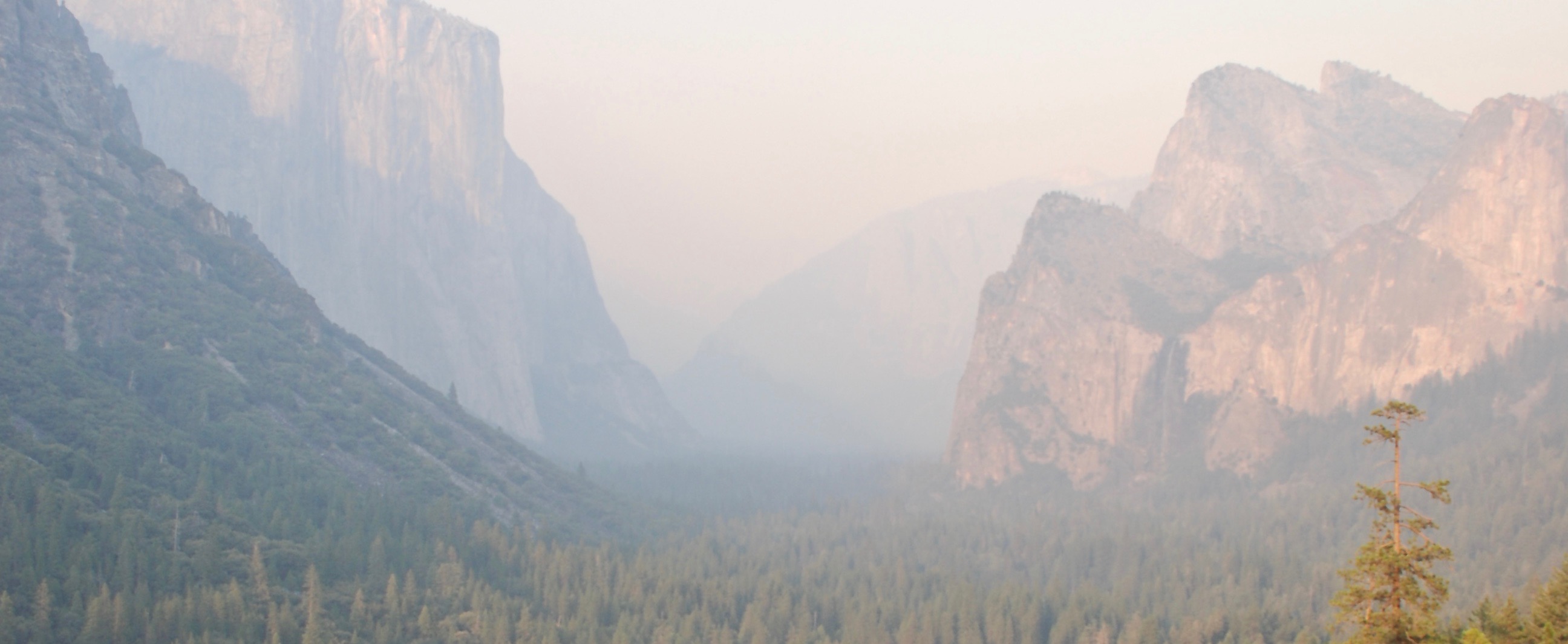Steinwurm Valley
One of the more substantial valleys in the Felsspitze Mountains, the Steinwurm Valley cuts its way roughly north-south into the mountains at their northern edge. The valley is large enough to provide ample land that can be used for farming and building, though it is by no means as large as the Tafelland Valley to the south. The whole area of the Steinwurm is claimed by the Community Commune of Vellbruck.
Geography
Like its much larger cousin the Tafelland Valley, the Steinwurm Valley was formed by the action of a glacier, that has almost entirely disappeared from the region. Only a fraction of the glacier remains, right at the highest point of the valley, at its southern end, where it still regularly expands and contracts with the seasons, but never gets more than a couple of miles in length. The whole valley, conversely is around 25 miles in length and is on average between 2-7miles in width, with the southern end being much narrower than the foot of the valley in the north.
There are no active rivers that flow permanently through the valley, though occasionally one appears during bad weather, or when there is a particularly heavy thaw of snow from the interior of the Felsspitze Mountains. However, this does not occur frequently enough for such a body of water to be given a name. Instead, there are numerous springs along the valley floor, almost all of which have naturally turned into permanent ponds and small lakes, thanks to the craters that were left by the retreating of the glacier. The valley floor itself is littered with small hills, made up of debris that was left behind when the glacier retreated.
Most of the valley has been become quite carefully managed by the agricultural and settlement activity of the people that live there, but there are some small patches of woodland that are dotted here and there in the valley, mostly in areas that have not, or cannot be exploited for building or agriculture.
Fauna & Flora
As most of the area of the Steinwurm Valley has been given over to farming, or settlement, there are not large areas of naturally occurring, unmanaged, plant life. As the valley sits at a reasonably consistent, and much lower elevation that say the Tafelland Valley, almost all of it, bar its extreme south, which is its highest point, is able to support a diverse range of plant life, and the vast majority of hardy crops can be cultivated in the valley, along with most coniferous trees. The upper slopes of the Felsspitze Mountains that flank the valley are predominantly covered in a thick coating of heather, which at certain times of the year gives the upper slopes of the valley a pinkish-purplish halo of flowers.
As with the flora, the fauna of the valley is most heavily weighted towards domesticated animals, sheep especially, that are reared by the people of Vellbruck. The abundance of heather on the upper slopes of the valley, along with the low elevation and consequently milder climate, makes the valley an ideal habitat for bees, who are the basis of a thriving production economy of related products. The wild animals that are found in the valley are mostly made up of creatures that have descended into the valley from the surrounding mountains. At best this will be mountain goats, bent on feasting on the Commune’s crops, at worst it will be carnivorous creatures looking to feast on the livestock, or people themselves.
It is believed that a small Kinship Group of Frost Giantsare known to regularly camp on and around the glacier at the highest, most southerly point of the Steinwurm, though the people of the Community Commune of Vellbruck are split as to whether or not they believe this or not. However, even those individuals who are adamant deniers that there is a community of Giants in and around the glacier are always reluctant to investigate it themselves, just in case….




Comments